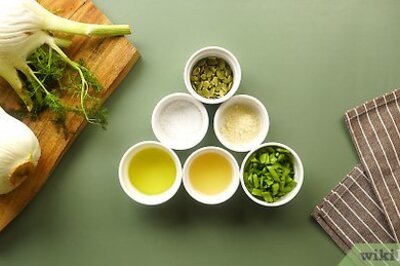
views
CHENNAI: For those who cannot do without rasam and sambhar in the menu for lunch, 2011 would have been a very costly year. Supply crunch resulting from drop in production, coupled with lack of carryover stock owing to high exports last year, have now resulted in the price of tamarind, a vital ingredient in South Indian dishes, treble in the last year.Data provided by official sources reveal that in the 18 months ending August, the wholesale price quoted in the market for tamarind increased by over `70 per kg from around Rs 35 to around Rs105 or Rs 110 per kg depending on the quality.However, wholesalers in places such as Chennai, Salem, Krishnagiri and Thiruvannamalai, who spoke to Express on Saturday, said the price for top quality tamarind was now Rs 140 per kg, which is the highest in the last five years. This surge in wholesale price has meant that the consumer who buys tamarind from a local grocery shop would have to pay even more as charges for cold storage, transport and labour would be included in the retail price.So, in the last two months, the price of processed tamarind has touched a high of anywhere between Rs 170 and Rs 180 per kg.Experts offered two reasons for the supply crunch.One was the general drop in production of tamarind seen over the last several years.Season and crop reports released by the government suggest that between 2005 and 2009, total production of tamarind dropped by nearly 6,000 tonnes.According to Mayilazhagan, who cultivates tamarind in the Salem district, farmers were moving away from tamarind as other crops provided “more incentives and subsidy” and fetched better profits for them from traders.Mayilazhagan says that two or three years ago, when there was excess supply of tamarind, farmers always had a hard time bargaining for a better price as traders would cite the processing cost, such as those for removing the kernels, shells and fibre, and other reasons to cut the price.



















Comments
0 comment